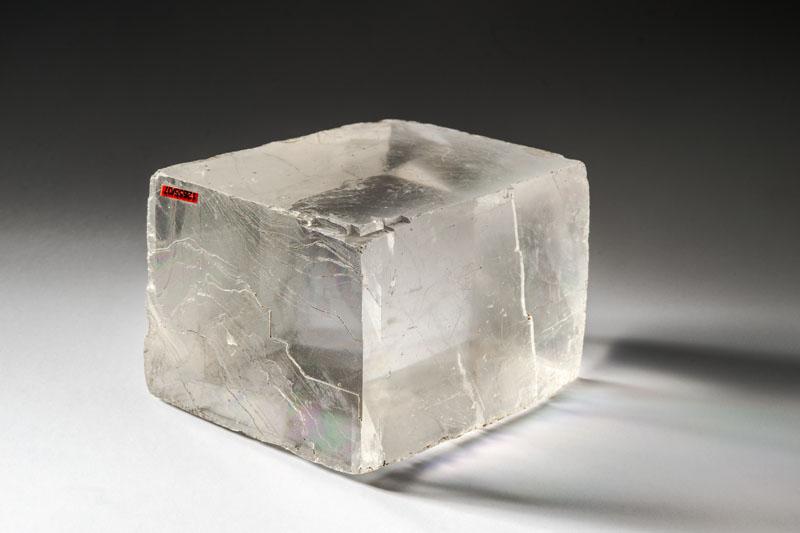In the newly developed, web-based Data Portal of the Museum für Naturkunde Berlin, content from the mineralogical and petrographical collection, among others, is waiting to be discovered. This includes information on the calcites in the collection. Calcite, the most form-rich mineral on earth with diverse economic significance, was recently chosen as the "Mineral of the Year 2021". With the implementation of the Future Plan, the museum's collection, which is relevant for research and society, will be made accessible in a sustainable way, with the aim of providing an open, digital-analogue collection infrastructure.
Calcite, the most form-rich mineral on earth, was chosen by the members of the Association of Friends of Mineralogy and Geology (VFMG e.V.) with a large majority as the "Mineral of the Year 2021". This title is intended to highlight the importance of minerals for industry, society, culture and science, especially the geosciences.
In addition to the variety of shapes with more than 100 crystal forms, calcite is characterised by perfect cleavage. The discovery of the connection between crystal structure and cleavage is considered the birth of modern mineralogy. Other special features of this mineral, which is found all over the world, are its fluorescence under ultraviolet light and its birefringence.
The name calcite is derived from the Greek chalix (gravel, mortar, lime) and the Roman calx (lime). Knowledge of the extraction, processing and use of lime has been documented for around 14,000 years. Among the most famous buildings constructed of limestone are the Cheops Pyramid, the Parthenon on the Acropolis and the Colosseum and Castel Sant'Angelo in Rome. Limestone was used as a soil stabiliser in the construction of the Great Wall of China. The economic significance of calcite is manifold. Lime is used in house or road construction, in the production of iron and steel, glass and plastics, numerous hygiene articles, paper, food and beverages. Lime also plays an important role in environmental protection in flue gas cleaning, wastewater treatment and drinking water purification.
As a component of the collection development in the Future Plan, the Data Portal is intended to promote knowledge-based debates about the future of society and the relationship between humans and nature. The portal is available as a beta version. Initially, it contains only a small selection of the Museum für Naturkunde's digital collection. The Data Portal will be successively expanded to include existing digital data holdings as well as new holdings from the collection development within the framework of the Future Plan.
